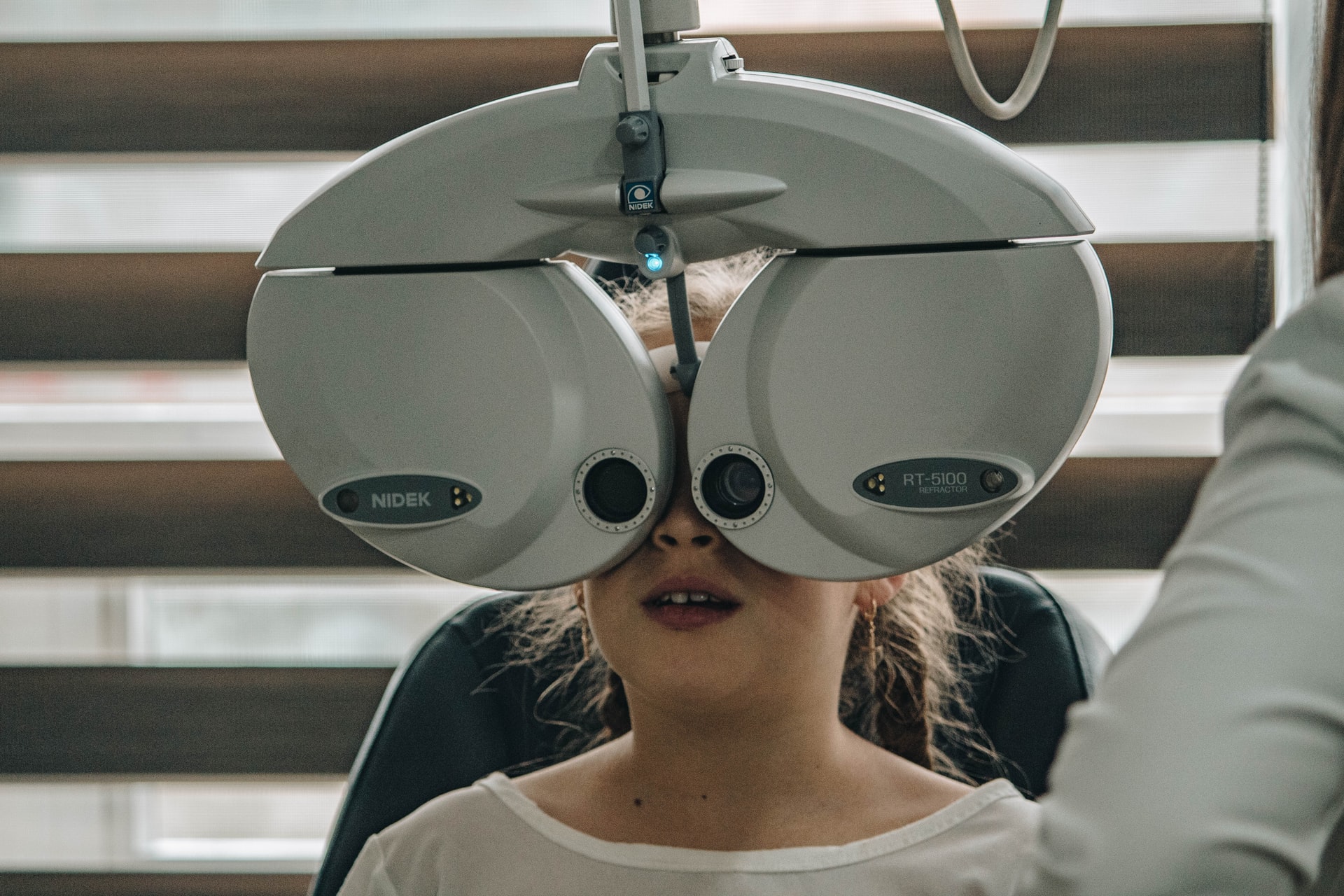5 Eye Conditions and Prevention
There are hundreds of eye conditions ranging from simple ones like dry eyes to life-altering ones like melanoma. Prevention is still better than cure in all health conditions therein. That is why we must be informed on lifestyle alterations we can undertake to prevent discomfort, infections, or, worst, sight loss. Unfortunately, some of the eye conditions that will be tackled have no symptoms or red flags before they occur. As a result, regular check-up and assessment is the best practice highlighted in this article.
Dry eye disease (DED)
DED is a condition wherein the eyes do not produce enough tears leading to dry eyes, irritation, and inflammation. Common symptoms are burning sensation, grittiness, and visual disturbance. Prescription eye drops like Eysuvis targets eye inflammation and treats short-term dry eye. Seek attention from an eye specialist immediately because it can be due to a severe underlying condition rather than a simple DED. A licensed eye doctor can also come up with a long-term eye care plan for DED.
Macular degeneration related to age (AMD)
AMD is compromised integrity, and physical disturbance of the macula which is the center of the retina. The macula is responsible for focusing vision and seeing the fine and sharp details. It is required for basic activities like driving and reading. Age, lifestyle, and nutrition play key roles in the causes of AMD. Preventive measures are eating a balanced diet, quitting smoking, and limiting exposure to sunlight. High blood pressure and cholesterol brought by obesity is also a culprit to AMD. Therefore, weight management is also a significant preventive action.
Cataracts
Cataracts are a form of eye disease characterized by the gradual degeneration of the eye lens. Symptoms include vision misting and eye lens turning opaque. Initially, symptoms are unnoticeable. That is why it is crucial to seek professional eye care attention at the onset of poor night vision, sensitivity to light, and frequent prescription changes. Unfortunately, there is no treatment for cataracts except surgery, and it usually develops as we age. However, lifestyle modifications can be taken to slow down the effect like cessation of smoking, weight management, and controlling alcohol intake.
Diabetic macular edema (DME)
DME is caused by fluid retention in the macula, which is a complication of diabetes. Furthermore, it is characterized by eyesight impairment that can turn into severe blurred vision when ignored. Therefore, regular eye check-ups are non-negotiable for diabetic patients. Treatment for DME is medication implants and laser surgery. In addition, management of diabetes, weight management, and cessation of smoking are vital preventive measures.
Eye floaters and flashes
Eye floaters are characterized by specks or clouds that impair the field of vision. Typically, wisp-like shapes obstruct the vision that look like distant objects but are shadows of tiny clumps of cells and fibers in the gel-like portion of the eye. Causes of floaters and flashes are aging, trauma, migraine headache, or retinal detachment. In cases like this, schedule an assessment with an eye care professional immediately.
Ultimately, recommendations and diagnosis from a licensed professional are the first line of defense against eye conditions. The secondary is to alter harmful lifestyle habits such as unhealthy eating, sedentary lifestyle, smoking, and excessive alcohol intake.


